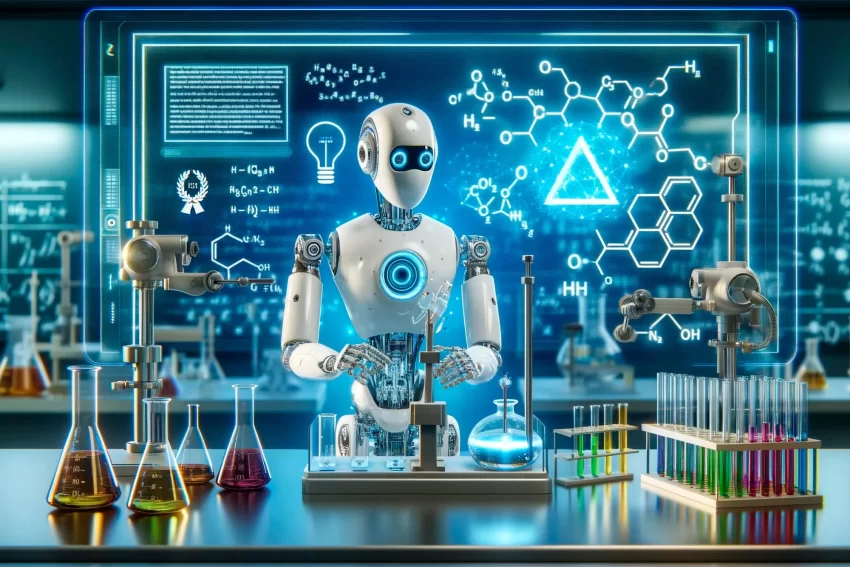In the rapidly evolving landscape of artificial intelligence, Sakana AI’s recent introduction of “The AI Scientist” marks a significant milestone. This groundbreaking system promises to revolutionize scientific research by automating the entire process, from idea generation to publishing papers. As an industry expert, I find this development both exciting and thought-provoking, with implications that could reshape our understanding of scientific discovery.
The AI Scientist leverages foundation models like Large Language Models (LLMs) to perform tasks that were once exclusively human. It can brainstorm novel research directions, execute experiments, analyze results, and even write scientific papers. What’s more impressive is its ability to iteratively build upon its own work, mimicking the cumulative nature of human scientific endeavors. This comprehensive automation not only accelerates research but also democratizes it, with each paper produced at an approximate cost of $15.
One of the standout features is the system’s automated peer review process. Capable of evaluating papers with near-human accuracy, this feature addresses one of the most time-consuming aspects of academic publishing. By streamlining the review process, The AI Scientist could significantly reduce the time it takes for new findings to reach the scientific community.
However, like any pioneering technology, The AI Scientist faces challenges. It currently lacks vision capabilities for fixing visual issues in papers and occasionally struggles with implementing ideas or making fair comparisons. These limitations highlight the ongoing need for human oversight and intervention, at least in the near term.
The ethical considerations are equally important. The risk of misuse in academic processes, the potential for conducting unethical or unsafe research, and the need for transparency in AI-generated content are all valid concerns. As AI continues to advance, we must engage in open dialogues about these issues to ensure responsible innovation.
The introduction of The AI Scientist also raises questions about the changing role of human scientists. Will AI augment human capabilities, freeing researchers to focus on more creative and strategic tasks? Or will it replace certain roles altogether? These are complex questions that require nuanced discussions within our industry.
In the context of current trends, The AI Scientist aligns with the broader movement towards automation and AI-driven solutions. It reflects a growing confidence in AI’s ability to handle complex, multi-stage processes. However, it also underscores the need for ongoing dialogue about the ethical implications and practical limitations of AI.
As professionals in the AI industry, we have a unique opportunity to shape the future of this technology. I encourage you to engage with these developments, share your insights, and contribute to the conversation. Let’s explore how we can harness the potential of systems like The AI Scientist while mitigating their risks.
I invite you to share your thoughts on this topic. How do you see The AI Scientist impacting your field of work? What steps can we take to ensure ethical and responsible use of AI in scientific research? Let’s start a dialogue that drives our industry forward.
Together, we can navigate the exciting and challenging landscape of AI, shaping a future where technology serves as a powerful tool for human progress.
